The idea of cutting your hair at home might seem like a total no-brainer, but there’s a reason why we visit our hairstylists regularly for our trims even when we have a pair of scissors at home. Though the hair salons in Singapore are still accepting appointments for basic cuts during this Circuit Breaker, many would prefer staying in and having a go at cutting their own hair. Even so, you might find yourself searching for hair trimmers online for a fuss-free experience — but do they really work?
We understand how tricky it might be especially for first-timers out there, but there’s nothing to worry about. This week, we spoke to professional hairstylists, Den Ng from PREP LUXE and James Chiun from Pro Trim Hair Salon on the tools to use, tips on trimming hair ends, and other important tricks to know before making the cut.
1. TOOLS TO TRIM YOUR HAIR

If you think your normal pair scissors in your kitchen drawer can do the job, you might want to think again. According to Den Ng, Celebrity Hairstylist at PREP LUXE, the best tools when it comes to trimming your own hair would still be “professional hairdressing scissors” to ensure “sharpness and precision”. As with “other types of scissors, they are usually not sharp enough and will result in split ends”.
2. STEPS TO PREPARE BEFORE TRIMMING

Should I trim before or after washing my hair? Answer is: before. Like all salon visits, you usually notice that they will give you a nice wash and blow before they start trimming. Likewise, you should do the same and blow dry your hair fully before trimming it. Den explains that this method is popularly known as a dry cut.
“We recommend dry cuts over wet cuts if you’re trimming at home because this way, you can assess your hair and its natural tension and volume before cutting. Basically, this means that what you see is what you get.”
3. TRIMMING YOUR OWN FRINGE/BANGS
Like many of us, our bangs have overgrown, leaving them out of shape. So the main question is: how do we go about trimming them without looking like a hot mess?

WHEN TO TRIM
Professional hairstylist, James Chiun, says that “it’s recommended to trim your bangs or fringe every 3 to 4 weeks to maintain its shape”.
TAKE NOTE OF ANGLES
Now if you’re well equipped with a pair of professional hairstyling scissors and you’re ready for the cut, Den explains that “taking note of the angles is the most important thing. There are 2 angles involved, namely the angle at which you hold your scissors to your hair, and the angle where you lift a few sections of your fringe away from your forehead.”

There are, however, different types of styles that you can achieve too. If you’re looking for a blunt and heavy looking fridge, it’s recommended to “lift your fringe slightly away from your face and hold your scissors in a manner most perpendicular to the edge of your fringe.”
Alternatively, for a more natural and layered fringe, lift your fringe further away from your face and hold your scissors at a slanted angle from the edge of your fringe before trimming it.
4. WHAT TO AVOID
DO NOT OVER CUT

Worst case scenario, you got carried away with your scissors and you end up with a shorter hair length than you expected. We agree — it’s definitely tricky especially when you’re trying to perfect your cut. But the best advice? Den says it’s best to “trim a bit of your hair before you start chopping them down. This way you can prevent over-cutting.”
DO NOT CUT STRAIGHT ACROSS

One another method to avoid while cutting: is cutting it straight across with the scissors. If you thought that was a sure way of achieving a blunt and straight cut, you’re wrong.

Den explains that “straight cutting results in unnatural and unflattering results. The best way to cut your hair is with the point cutting technique which is used to texturise hair. Point cutting is also used to remove bulk from the hair’s ends, allowing layers or graduation built into the haircut to blend together more seamlessly — creating a more fluid movement in the hair.”
“Hair should also be held approximately six centimetres from the ends in your fingers, so that the hair sticks out vertically. If you hold the hair too close to the ends, you won’t have enough to work with.”
5. ANOTHER TIP: KEEP YOUR HEAD STRAIGHT

We know, at this point in time you might be overwhelmed with the amount of things to take note of when trimming your hair at home. It’s definitely not as easy as it seems. But if there’s one thing to remember, even if you’re cutting your hair or even your child’s hair, Den reminds that it’s always important to “keep your head straight! Any slight movement will result in an unbalanced haircut.”
6. DEALING WITH SPLIT ENDS

James also mentions that when it comes to dealing with split ends, you don’t always have to go to the salon to get it fixed, unless it’s that important. Alternatively, he recommends “using a deep cleansing shampoo to wash off all the gunk and residue on your scalp, and following through with a deep moisturising treatment — leaving it on for 15 to 30min before rinsing off, for smoother and manageable ends.”
7. IS IT NECESSARY TO CUT YOUR HAIR AT HOME?
Though it might seem like we’re pretty fussed about our unruly tresses getting in the way, Den “recommends cutting your fringe at home for maintenance.” For other basic haircuts for the rest of your mane, it’s best to wait for the end of Circuit Breaker or book your own appointment with your hair salon.


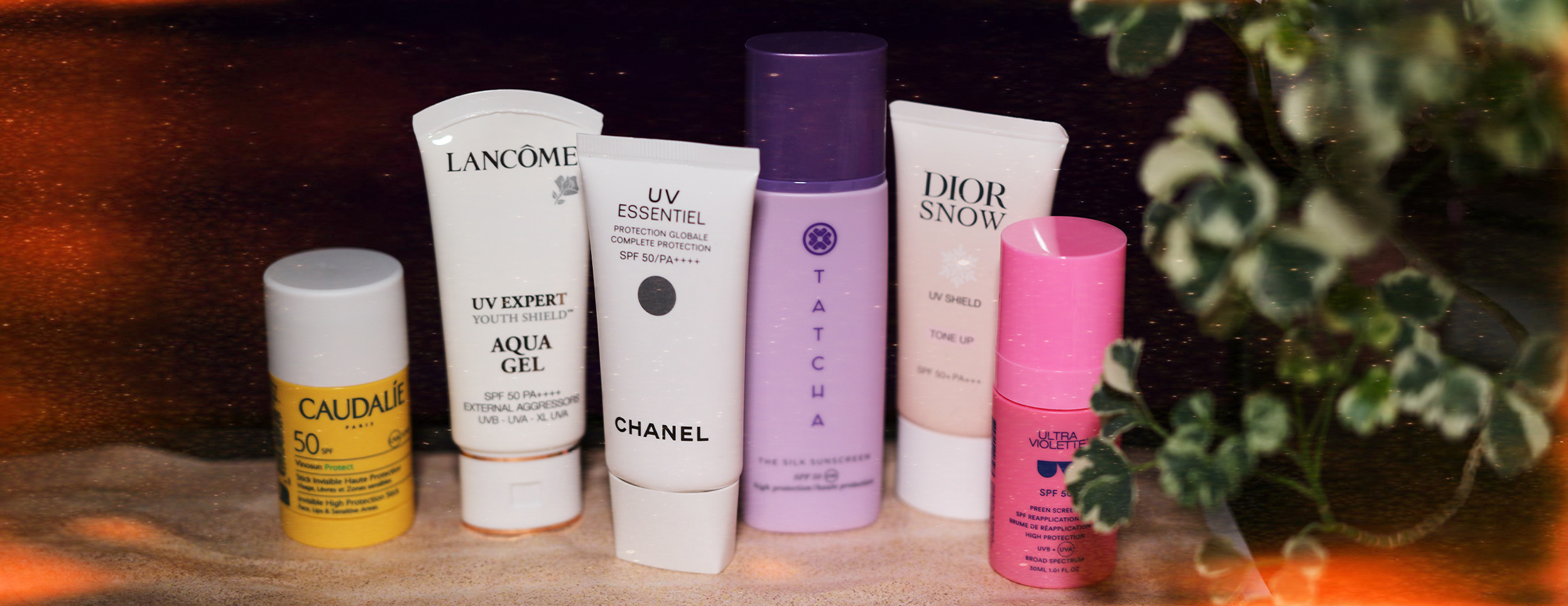

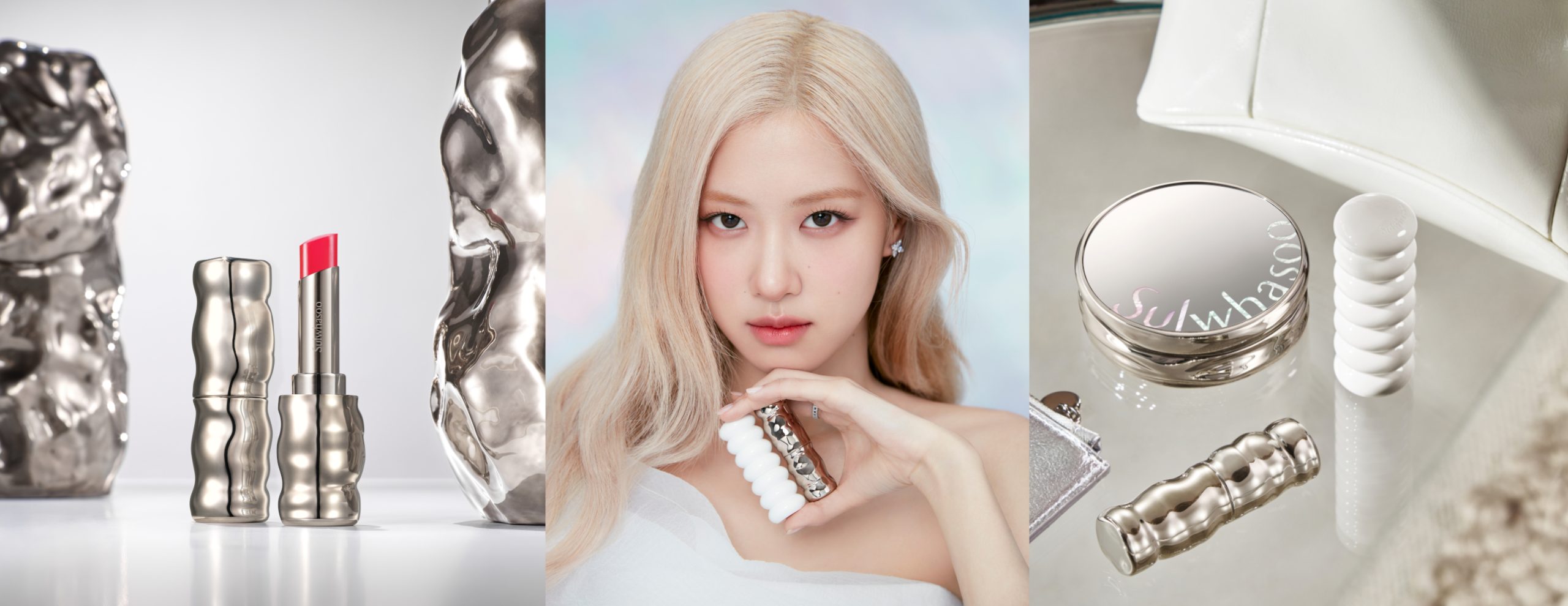
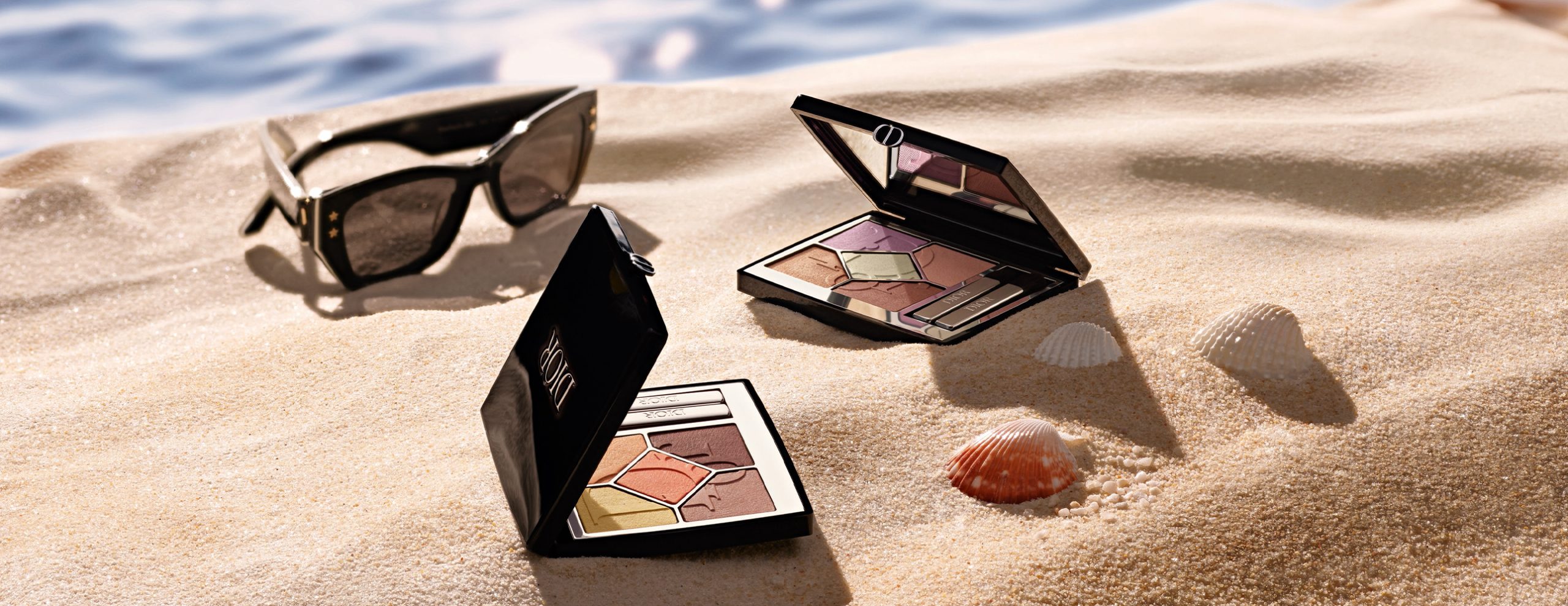

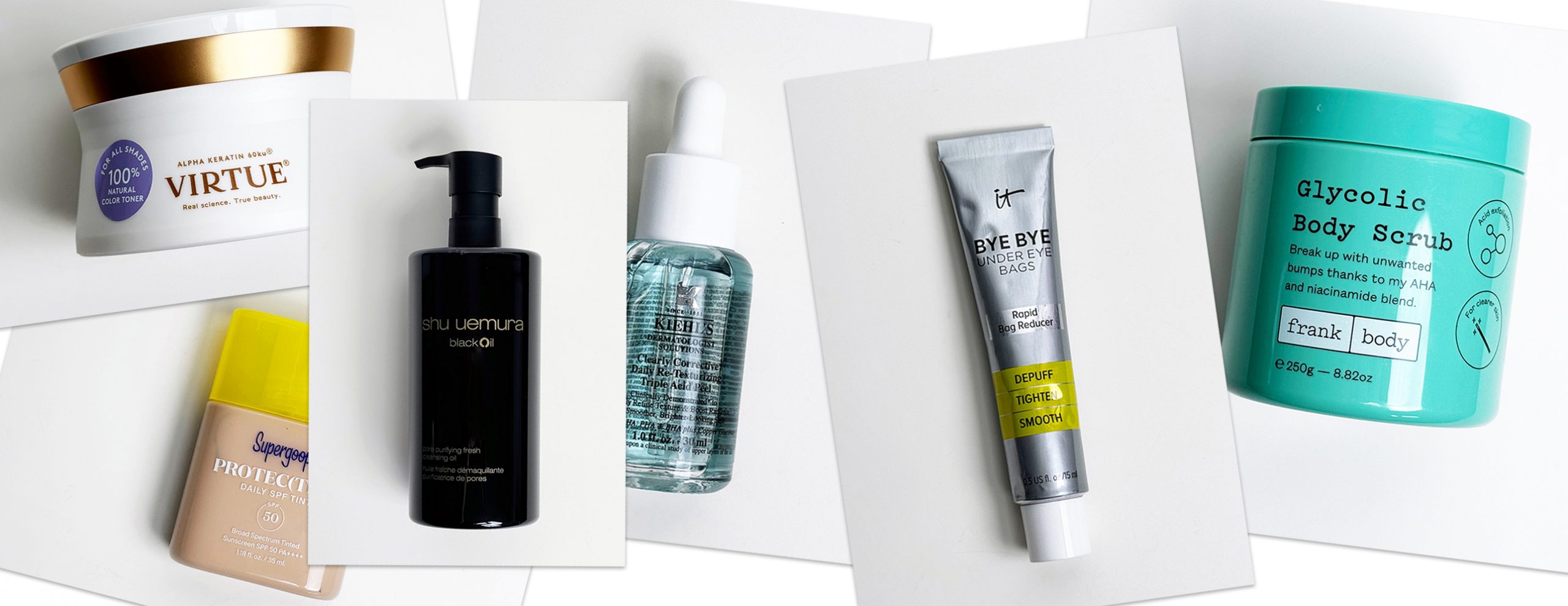
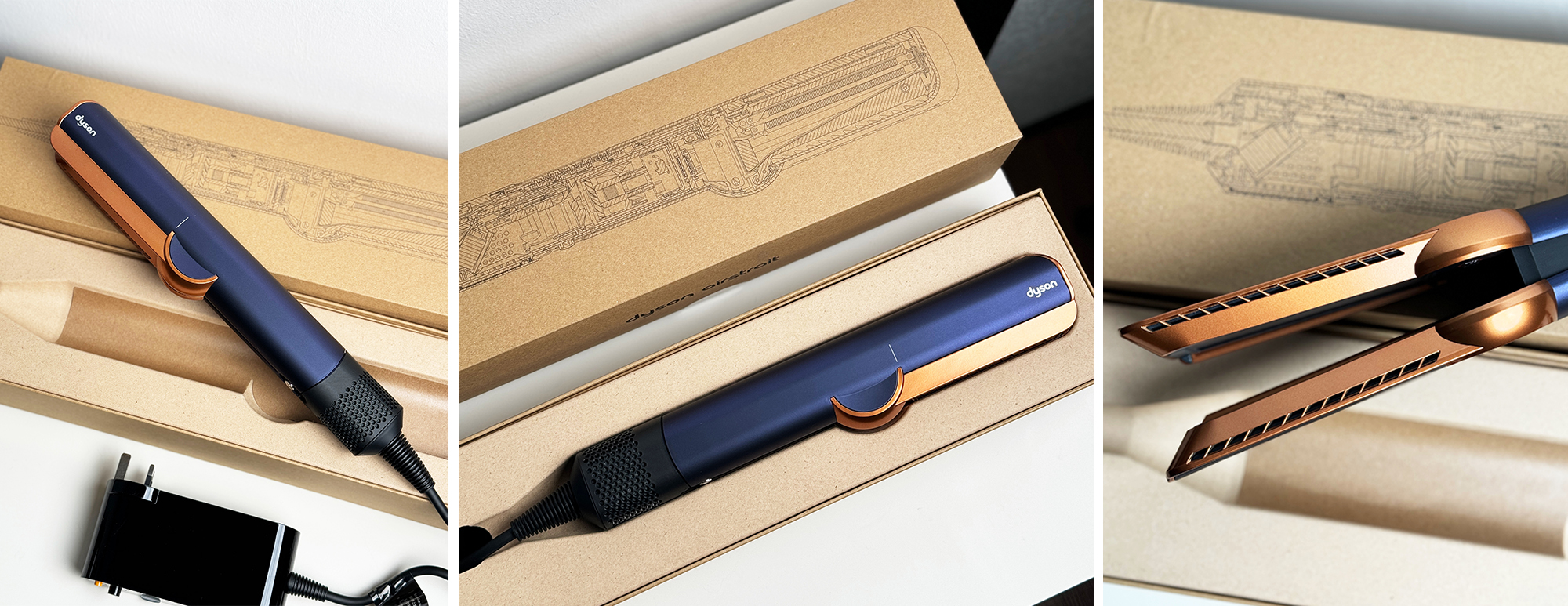


You must be logged in to post a comment.